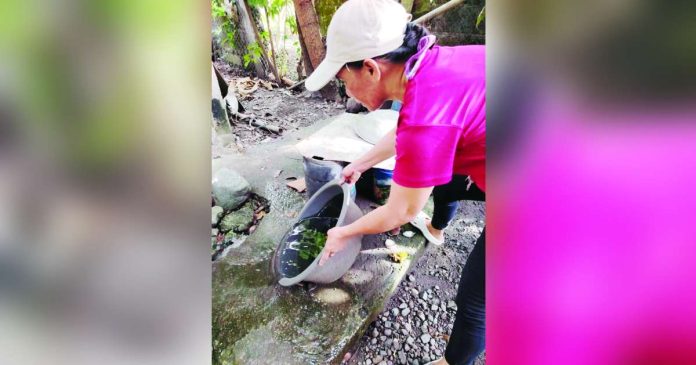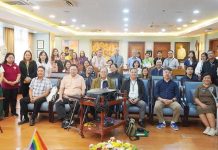
ILOILO City – The Department of Health (DOH) emphasized the importance of being consistent in the “search and destroy” efforts to eliminate mosquito breeding sites, which is critical in preventing dengue outbreaks.
Dengue is a viral disease transmitted by Aedes mosquitoes. DOH data showed that cases in Western Visayas have increased by 72% from January 1 to February 15, compared to the same period last year, with a total of 1,703 cases reported, up from 988 cases in 2024.
The data was presented by DOH during a virtual press conference yesterday, February 25.
“The presence of stagnant water in our communities serves as breeding grounds for mosquitoes. When there are more breeding sites, the mosquito population increases, leading to higher chances of dengue transmission,” said Dr. Bea Camille Natalaray, Medical Officer IV and head of the Emerging and Re-Emerging Infectious Disease (EREID) division at DOH Region 6.
Rainfall, especially in the early morning and late afternoon, has created an environment favorable for mosquito breeding, particularly in stagnant water, she pointed out.
Dr. Natalaray noted that while dengue cases can occur throughout the year, weather patterns such as the rainy season tend to heighten the risk. This year, the region has already seen an upward trend in cases, signalling the need to ramp up preventive measures.
To combat the rising cases, the DOH is urging local communities, schools, households, and barangay officials to participate in regular “search and destroy” operations targeting mosquito breeding sites.
They also encourage fever surveillance in the community to identify and manage cases early, particularly among children who are more vulnerable to the disease.
“Consistency is key in our efforts,” Dr. Natalaray emphasized. “Dengue is a year-round threat, so it’s crucial that we sustain our prevention strategies, particularly the search and destroy activities.”
In terms of the age groups most affected, the DOH data shows that 38% of this year’s reported cases are children aged one to 10 years old, followed by 31% in the 11 to 20 age group. The detailed breakdown of affected age groups is as follows:
* Below one year old – 50 cases
* 1 to 10 years old – 648 cases
* 11 to 20 years old – 531 cases
* 21 to 30 years old – 199 cases
* 31 to 40 years old – 98 cases
* 41 to 50 years old – 57 cases
* 50 years old and above – 119 cases
Dr. Natalaray urged barangays to continue their participation in the “Alas-Kwatro Kontra Mosquito” program, which focuses on locating and eliminating mosquito breeding grounds in the community.
The DOH is also intensifying its response to the outbreak by overseeing preparedness activities, including the re-establishment of dengue fast lanes in health facilities and conducting training for health workers to better manage the rising cases.
“Let’s all work together to eliminate the breeding sites and reduce the spread of this preventable disease,” said Dr. Natalaray./PN





